It is a great joy and relief to announce that, after protracted negotiations involving the American School of Classical Studies, the University of California at Berkeley, the Ephoreia of Antiquities of Corinth, and our Society for the various necessary permissions, work actually began on the tunnel restoration on Monday, October 17.
Before that could happen, however, the drainage system of the locker room had to be repaired so that the tunnel crew could approach their work. Heavy rains the previous week had created several areas of standing water and mud in the direct line of traffic.
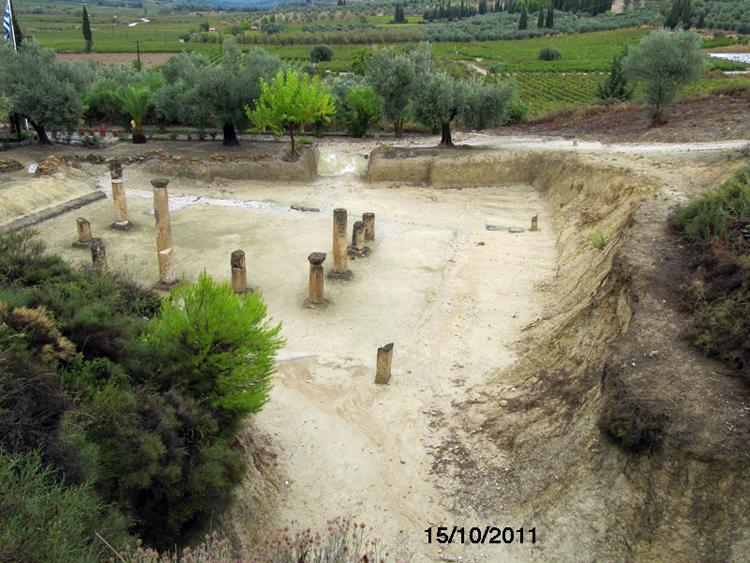
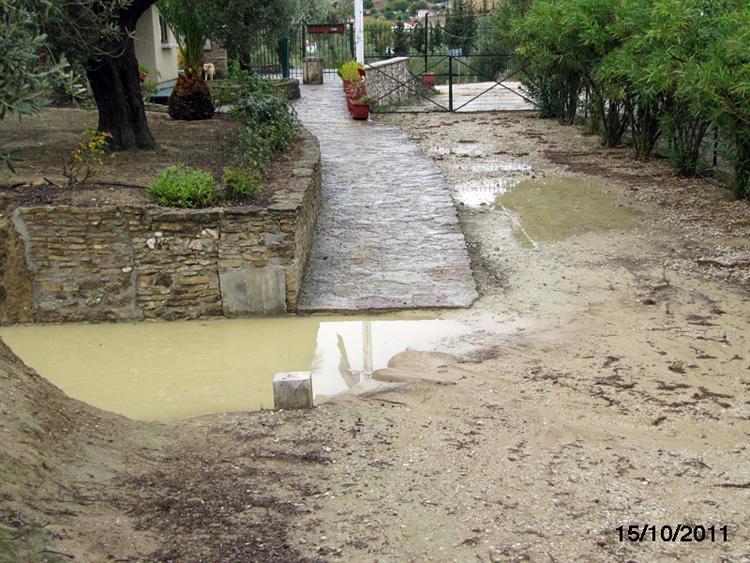
Fortunately, permission was granted on October 13 by the local Ephoreia of Antiquities for us to repair the drainage system and as the rains came to a halt on October 16, we were able to confront the problems on the 17th. Thanks to the hard work of a crew of local men consisting of Athanasios Asimis, Dimitrios Karaiskos, Athanasios Malakos, and Elias Skazas, and to the loan of tools by various local citizens, the situation was corrected so that the essential parts of the route to the tunnel were ready by the end of the day.
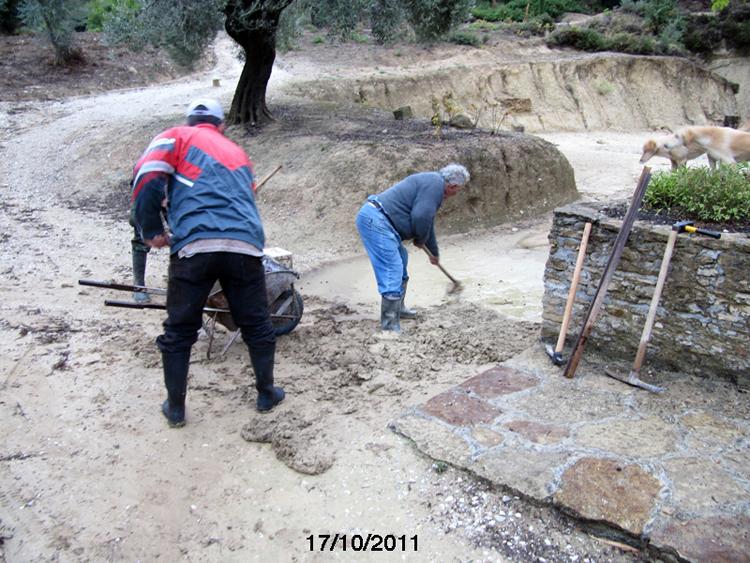
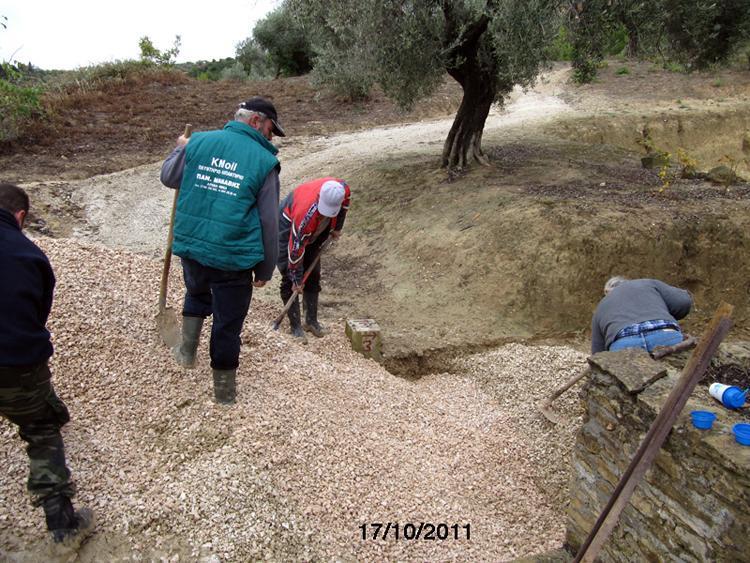
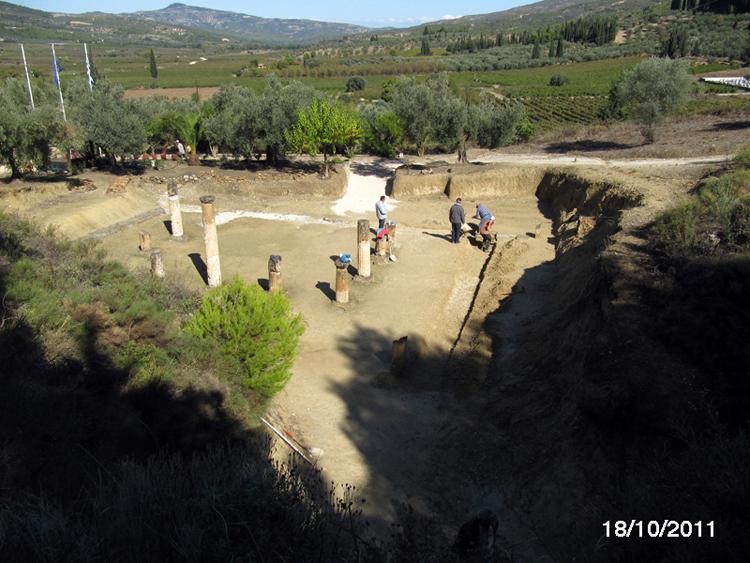
Work next began on the system which runs through the robbed-out walls of the locker room, and that was completed today. The old drainage gravel, which had been clogged with silt, was removed and replaced with new and much larger gravel generously provided by the city of Nemea. Although very difficult to move with shovels, the perseverance of the drainage crew was rewarded and the winter rains can be anticipated without fear of more erosion of the floor of the locker room, or of blocking access of the conservation crew to the tunnel.
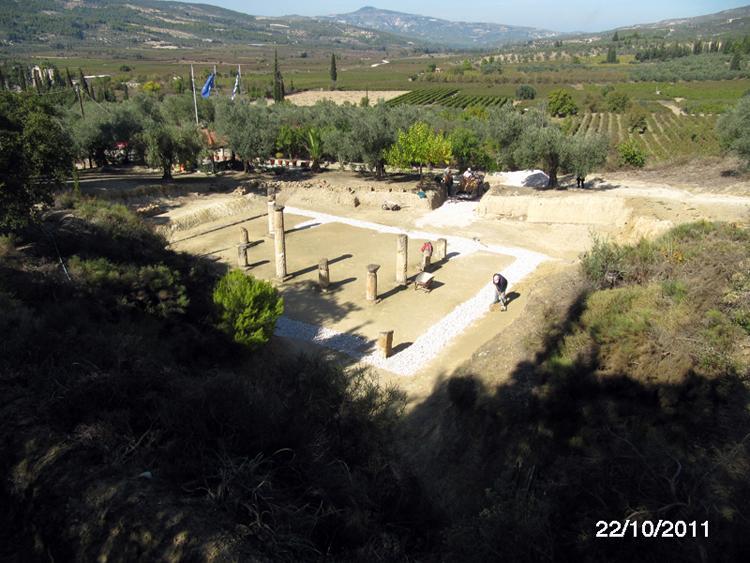
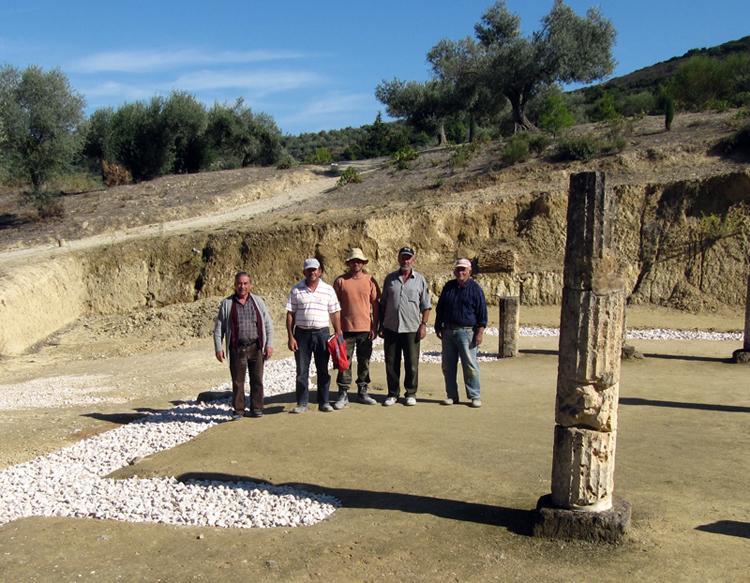
The tunnel crew spent October 17 assembling supplies and equipment, and it was on Tuesday, October 18, that actual work began. The supervising engineer, Dr. Costas Zambas, came to lay out the procedures for the two types of repairs. By the end of the day Ioanna Dogani with the assistance of conservator Amerimni Galanou and technicians Dimitris Karvelas and Alexis Saphloki, had made several injections in the process of consolidating the stone where it is splitting off.
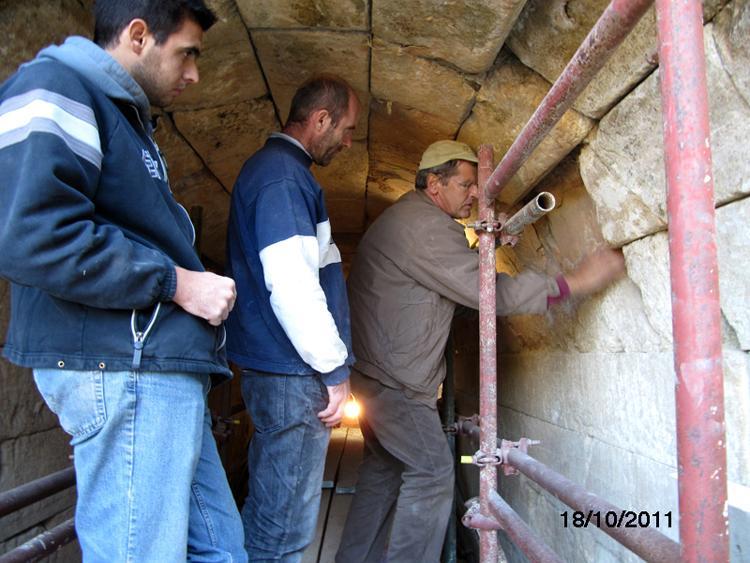
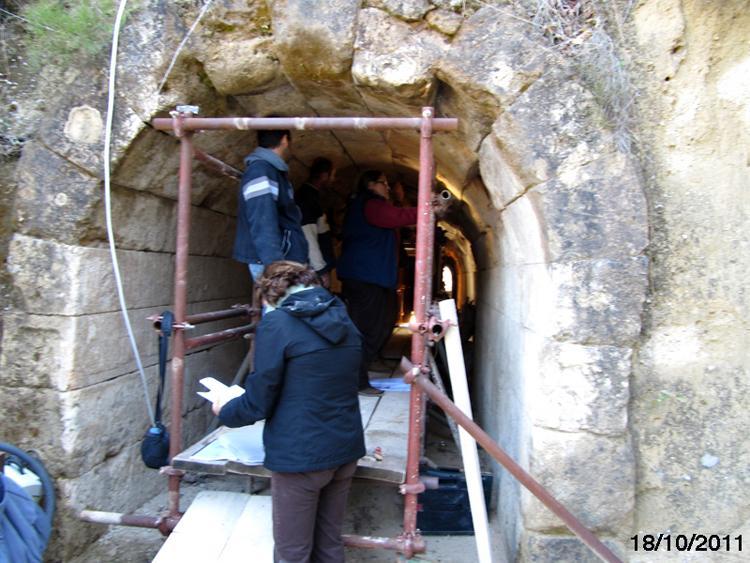
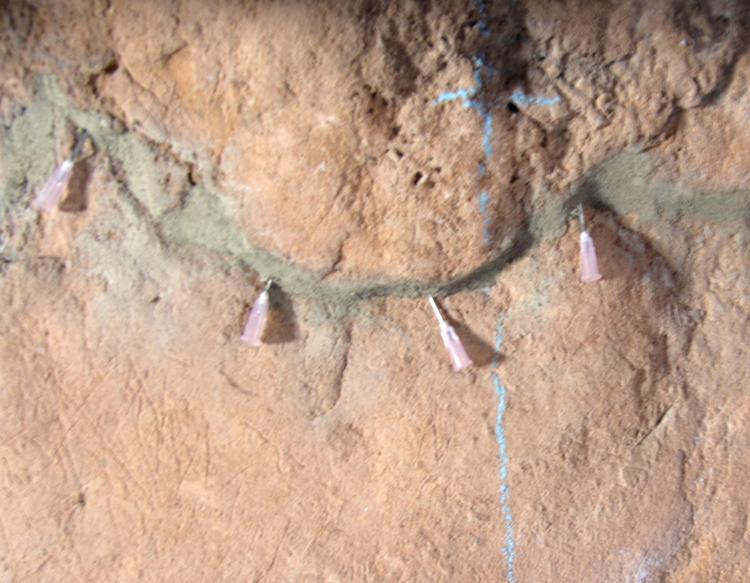
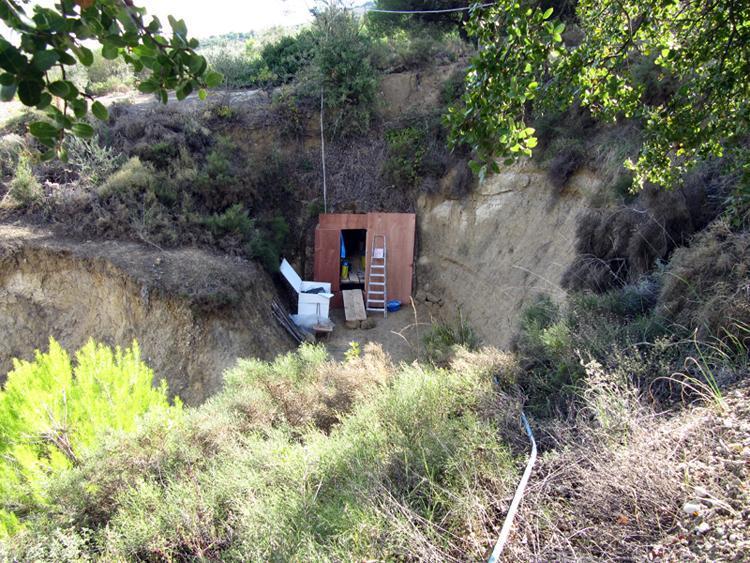
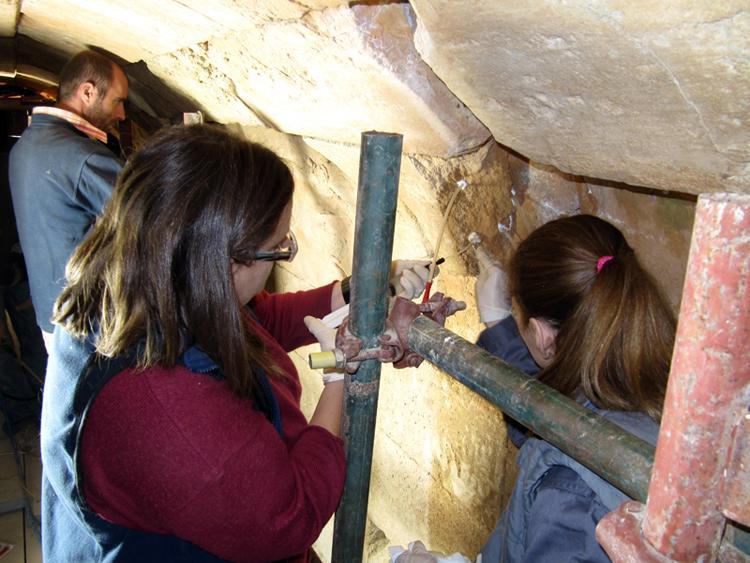
The long road to having the stadium ready for the Games (and for everyday visitors) has begun, and we can begin to believe that the world will have a welcome sight and a well-maintained site next June.
For more details of the conservation work and the history of the tunnel, see: